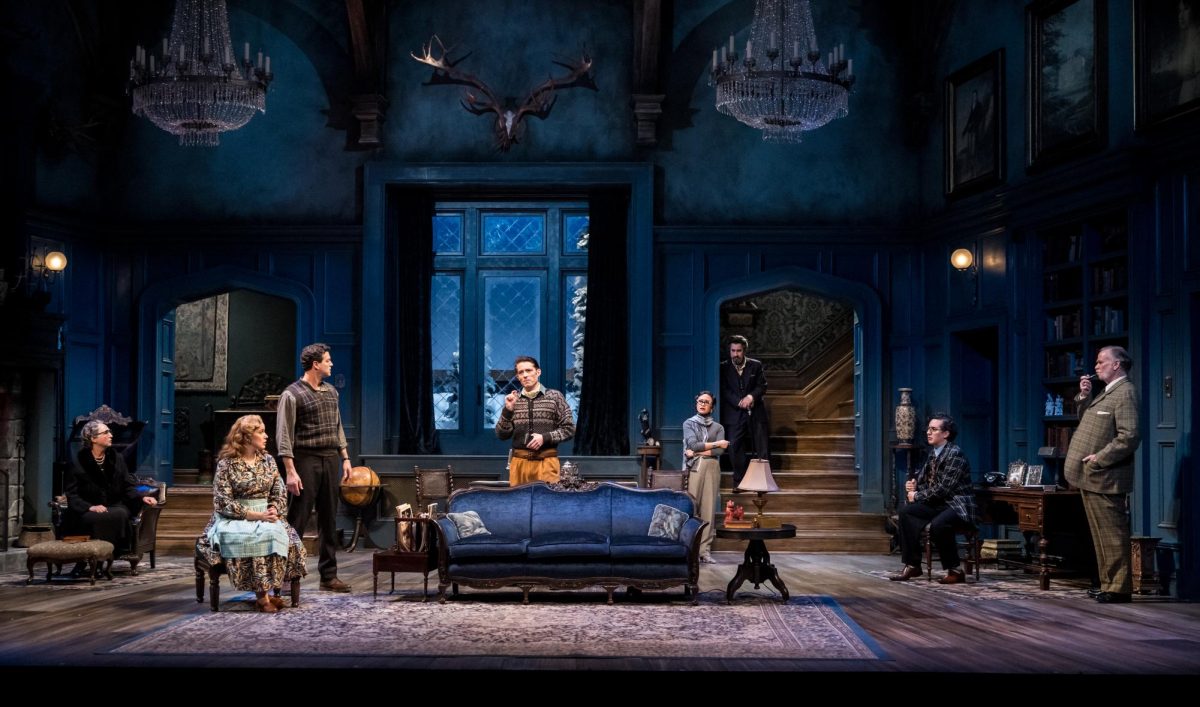The history of a people often is told through literature – storytelling or the written word. Or maybe it’s shown through artifacts and their narration of technology.
For the Textile Center, though, history can be shown through quilting, weaving, knitting, spinning and sewing. The center focuses on the stories “women’s work” weaves.
“Stories in the Cloth: From the Hands of Immigrant Women” is a collection of projects, such as quilts, created by refugee and immigrant women in Minnesota.
The project began about four years ago when a few quilters started quilting with women in these local communities.
The quilts’ designs – and the conversations they started – focused on issues in the various communities, such as language difficulties or struggling to maintain a cultural identity in a new country.
When funding for the effort ran out, the project was handed over to two members of the Textile Center. It took off from there.
“This is the thread that connects our communities,” said Margaret Miller, executive director of the Textile Center. “It’s a way of showing that we all have a common thread amongst us.”
The Textile Center for fiber arts was organized in 1994 by Miller and other local artists to support fiber artists, preserve the techniques and traditions of fiber arts and inform the public about fiber arts.
The center spent its first few years in a rented office in St. Paul with a few annual exhibitions. As the center’s fame grew, so did the need for a larger space. Now the center resides in a one-story brick building in Prospect Park with room for a library, a shop, an auditorium and classrooms, the gallery and a dye lab. The new building gives the Textile Center a chance to expand its number of exhibitions and offer more classes, workshops and meetings.
“We wanted to make fiber art more visible and make it more viable for the artist as a profession,” she said.
The Textile Center has a free reception open to the public to celebrate the opening of the exhibit.
The May 12 event goes from 6 to 8 p.m. and offers food from the various communities, as well as singing and dancing to give visitors an opportunity to see and appreciate textile art.
“This is an important venue that can bring people together in showing how women’s work is really an important part of everyone’s lives,” Miller said.
The women whose work is shown came to the project through the Association for the Advancement of Hmong Women, the Confederation of Somali Community in Minnesota, the Neighborhood House of St. Paul and the Seward Neighborhood Group.
The exhibit shows that everyone is able to create and value fiber art. Every culture has its own tradition of fiber arts, Miller said. This gives the Textile Center a chance to show the wealth of that tradition and the wealth of that heritage within these communities, whether the tradition is basket weaving or American Indian quillwork.
“Even if we don’t speak the same language, we can still communicate through our textiles,” Miller said.







